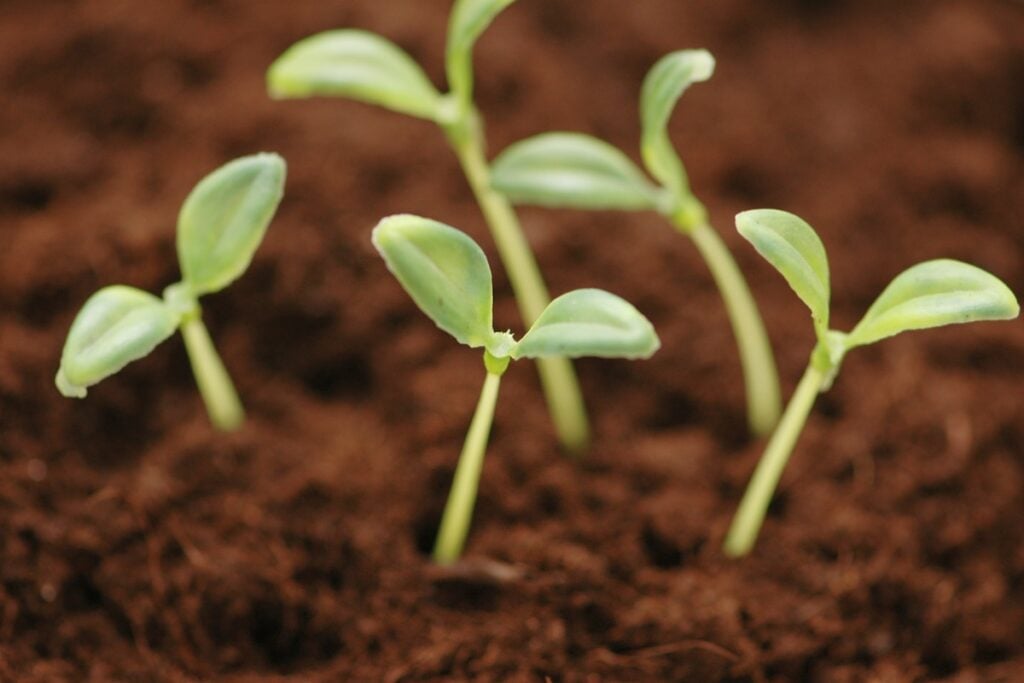Human composting, also known as natural organic reduction, is a groundbreaking eco-friendly alternative to traditional burial and cremation. It transforms the body into nutrient-rich soil, creating a meaningful return to nature. Here’s a step-by-step look at the process, including its origins and the environmental benefits that have made it an increasingly popular choice.
See more info: Human Composting FAQ
Origins and Background on Human Composting
Human composting has emerged as a sustainable solution in response to the environmental impact of traditional burial and cremation. The process was first legalized in Washington state in 2019, making it the first U.S. state to approve human composting as a lawful disposition method. Recompose, an organization that developed the first large-scale human composting facility, played a crucial role in advocating for and refining this option. Since then, other states, including Oregon and Colorado, have also legalized human composting, and more are considering legislation. International interest is growing as well, with countries exploring this approach to offer environmentally conscious alternatives to burial and cremation.
Step 1: Preparation of the Body
The human composting process begins in a specialized facility, where the body is carefully prepared without embalming chemicals. This may involve wrapping the body in a biodegradable shroud, preserving it in its natural state.
Step 2: Placement in a Composting Vessel
The body is then placed in a temperature-controlled vessel filled with organic materials like wood chips, straw, and alfalfa. These materials help create the right conditions for decomposition and facilitate the carbon-to-nitrogen balance essential to the process.
Step 3: Aeration and Temperature Control
The vessel is periodically aerated to maintain optimal oxygen levels, promoting microbial activity. As decomposition proceeds, temperatures reach approximately 131°F (55°C), which eliminates pathogens and accelerates the breakdown of organic matter.
Step 4: Microbial Activity and Decomposition
Naturally occurring microbes and beneficial bacteria within the body and surrounding organic material break down tissues over several weeks. This transformative process typically takes 4 to 8 weeks, depending on conditions like temperature and moisture.
Step 5: Final Transformation and Cooling Period
After decomposition, the vessel enters a cooling phase, allowing the soil to stabilize. Any remaining large particles, such as bone fragments, are ground down to create a uniform, nutrient-rich soil.
Step 6: Screening and Testing of the Soil
Before the soil is released, it undergoes screening and testing to ensure it meets environmental and safety standards. This step ensures the compost is free from harmful bacteria and metals, making it safe for use.
Step 7: Return to Nature
The resulting soil, rich in nutrients, can be used by the family to nourish plants, create a memorial garden, or contribute to ecological restoration projects, creating a regenerative cycle back to the earth.
Human composting offers an environmentally sustainable and meaningful alternative to conventional burial and cremation. By understanding its origins and its process, we can appreciate the role it plays in reducing our ecological footprint and reconnecting with nature in a profound, life-affirming way.
Questions?
Do you have questions about this or any other aspect of the funeral industry? Send us a question and our experts will do their best to help you. Click here.

